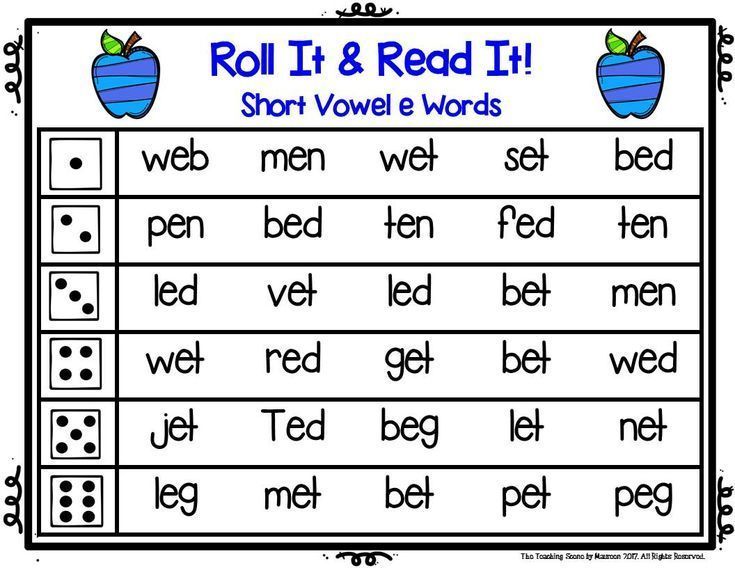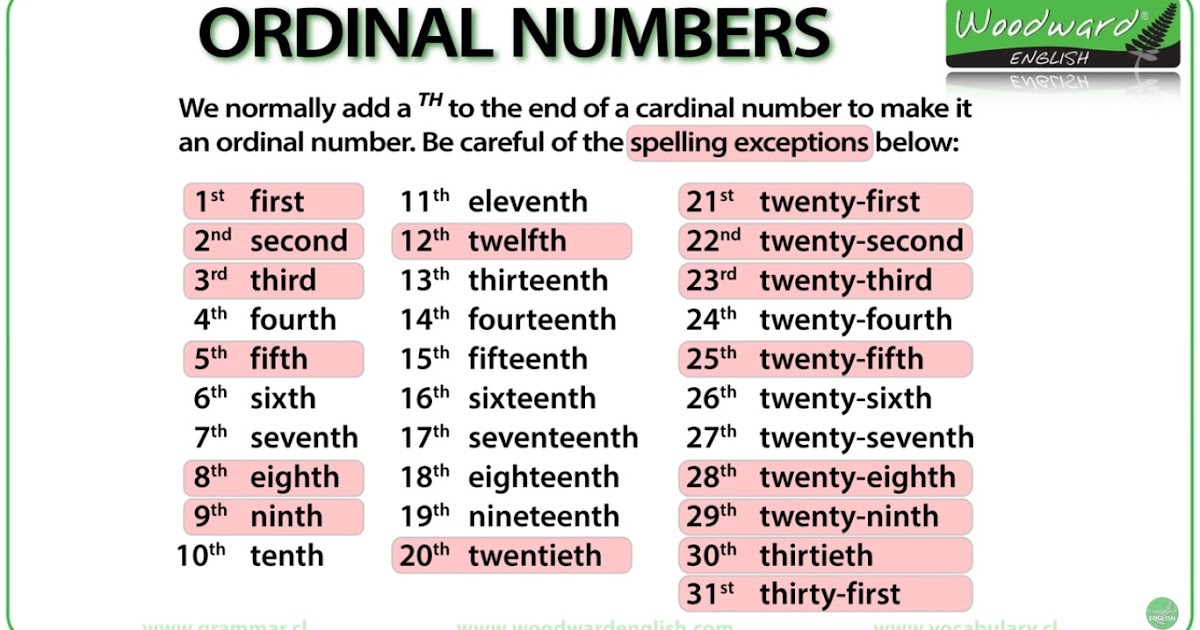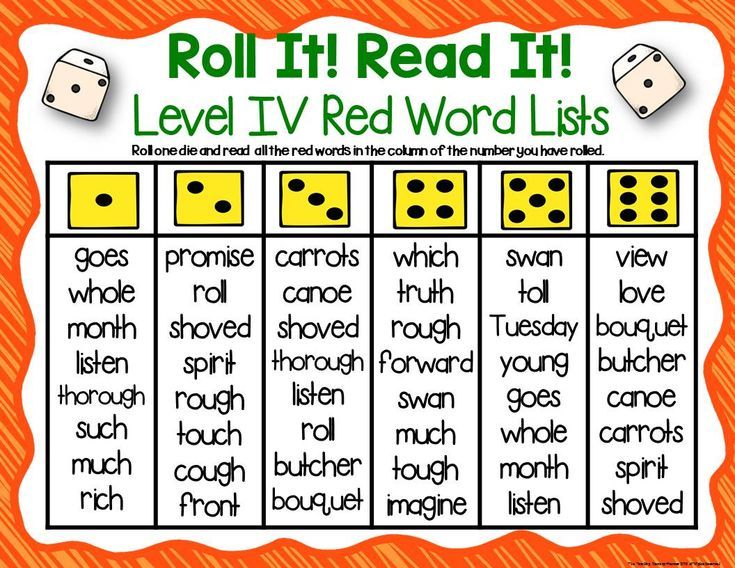Teaching my first grader to read
9 Fun and Easy Tips
With the abundance of information out there, it can seem like there is no clear answer about how to teach a child to read. As a busy parent, you may not have time to wade through all of the conflicting opinions.
That’s why we’re here to help! There are some key elements when it comes to teaching kids to read, so we’ve rounded up nine effective tips to help you boost your child’s reading skills and confidence.
These tips are simple, fit into your lifestyle, and help build foundational reading skills while having fun!
Tips For How To Teach A Child To Read
1) Focus On Letter Sounds Over Letter Names
We used to learn that “b” stands for “ball.” But when you say the word ball, it sounds different than saying the letter B on its own. That can be a strange concept for a young child to wrap their head around!
Instead of focusing on letter names, we recommend teaching them the sounds associated with each letter of the alphabet. For example, you could explain that B makes the /b/ sound (pronounced just like it sounds when you say the word ball aloud).
Once they firmly establish a link between a handful of letters and their sounds, children can begin to sound out short words. Knowing the sounds for B, T, and A allows a child to sound out both bat and tab.
As the number of links between letters and sounds grows, so will the number of words your child can sound out!
Now, does this mean that if your child already began learning by matching formal alphabet letter names with words, they won’t learn to match sounds and letters or learn how to read? Of course not!
We simply recommend this process as a learning method that can help some kids with the jump from letter sounds to words.
2) Begin With Uppercase Letters
Practicing how to make letters is way easier when they all look unique! This is why we teach uppercase letters to children who aren’t in formal schooling yet.
Even though lowercase letters are the most common format for letters (if you open a book at any page, the majority of the letters will be lowercase), uppercase letters are easier to distinguish from one another and, therefore, easier to identify.
Think about it –– “b” and “d” look an awful lot alike! But “B” and “D” are much easier to distinguish. Starting with uppercase letters, then, will help your child to grasp the basics of letter identification and, subsequently, reading.
To help your child learn uppercase letters, we find that engaging their sense of physical touch can be especially useful. If you want to try this, you might consider buying textured paper, like sandpaper, and cutting out the shapes of uppercase letters.
Ask your child to put their hands behind their back, and then place the letter in their hands. They can use their sense of touch to guess what letter they’re holding! You can play the same game with magnetic letters.
3) Incorporate Phonics
Research has demonstrated that kids with a strong background in phonics (the relationship between sounds and symbols) tend to become stronger readers in the long-run.
A phonetic approach to reading shows a child how to go letter by letter — sound by sound — blending the sounds as you go in order to read words that the child (or adult) has not yet memorized.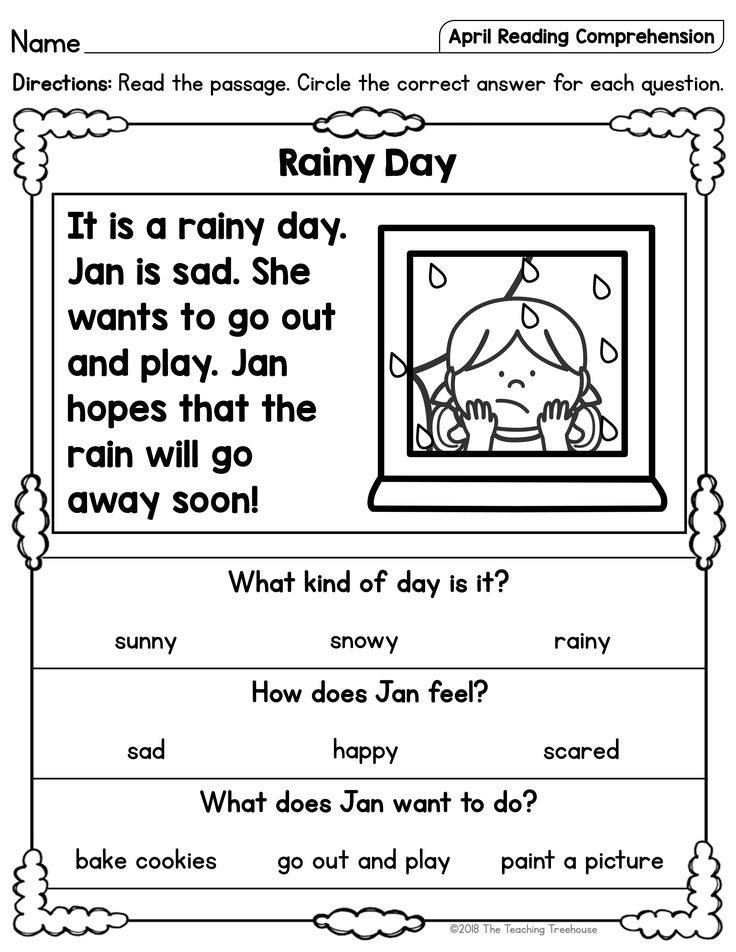
Once kids develop a level of automatization, they can sound out words almost instantly and only need to employ decoding with longer words. Phonics is best taught explicitly, sequentially, and systematically — which is the method HOMER uses.
If you’re looking for support helping your child learn phonics, our HOMER Learn & Grow app might be exactly what you need! With a proven reading pathway for your child, HOMER makes learning fun!
4) Balance Phonics And Sight Words
Sight words are also an important part of teaching your child how to read. These are common words that are usually not spelled the way they sound and can’t be decoded (sounded out).
Because we don’t want to undo the work your child has done to learn phonics, sight words should be memorized. But keep in mind that learning sight words can be challenging for many young children.
So, if you want to give your child a good start on their reading journey, it’s best to spend the majority of your time developing and reinforcing the information and skills needed to sound out words.
5) Talk A Lot
Even though talking is usually thought of as a speech-only skill, that’s not true. Your child is like a sponge. They’re absorbing everything, all the time, including the words you say (and the ones you wish they hadn’t heard)!
Talking with your child frequently and engaging their listening and storytelling skills can increase their vocabulary.
It can also help them form sentences, become familiar with new words and how they are used, as well as learn how to use context clues when someone is speaking about something they may not know a lot about.
All of these skills are extremely helpful for your child on their reading journey, and talking gives you both an opportunity to share and create moments you’ll treasure forever!
6) Keep It Light
Reading is about having fun and exploring the world (real and imaginary) through text, pictures, and illustrations. When it comes to reading, it’s better for your child to be relaxed and focused on what they’re learning than squeezing in a stressful session after a long day.
We’re about halfway through the list and want to give a gentle reminder that your child shouldn’t feel any pressure when it comes to reading — and neither should you!
Although consistency is always helpful, we recommend focusing on quality over quantity. Fifteen minutes might sound like a short amount of time, but studies have shown that 15 minutes a day of HOMER’s reading pathway can increase early reading scores by 74%!
It may also take some time to find out exactly what will keep your child interested and engaged in learning. That’s OK! If it’s not fun, lighthearted, and enjoyable for you and your child, then shake it off and try something new.
7) Practice Shared Reading
While you read with your child, consider asking them to repeat words or sentences back to you every now and then while you follow along with your finger.
There’s no need to stop your reading time completely if your child struggles with a particular word. An encouraging reminder of what the word means or how it’s pronounced is plenty!
Another option is to split reading aloud time with your child.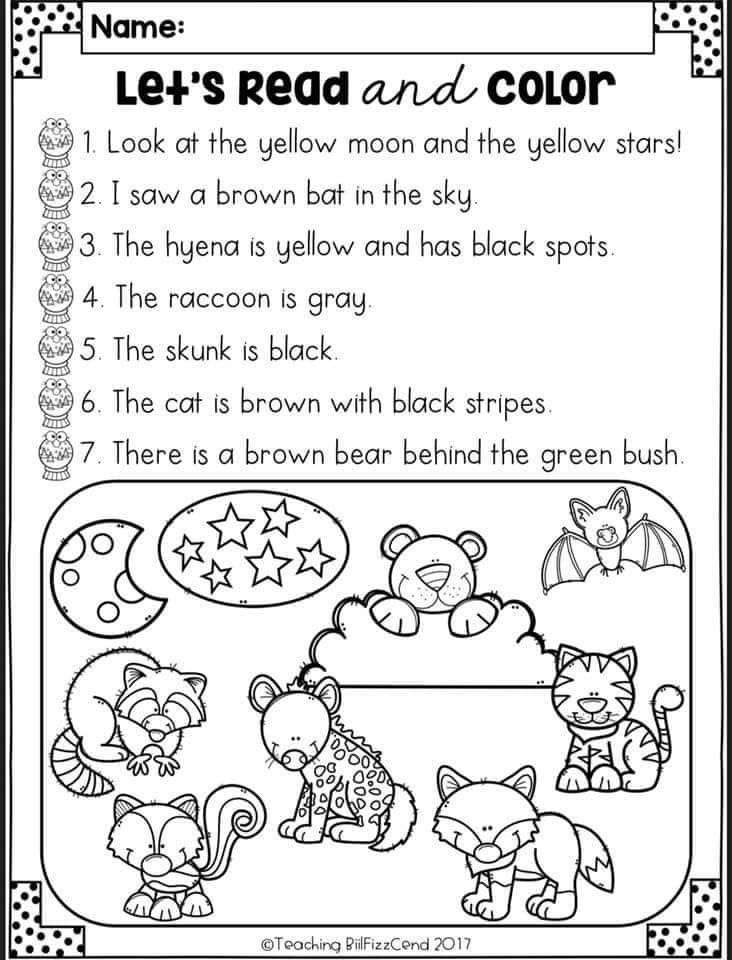 For emerging readers, you can read one line and then ask them to read the next. For older children, reading one page and letting them read the next page is beneficial.
For emerging readers, you can read one line and then ask them to read the next. For older children, reading one page and letting them read the next page is beneficial.
Doing this helps your child feel capable and confident, which is important for encouraging them to read well and consistently!
This technique also gets your child more acquainted with the natural flow of reading. While they look at the pictures and listen happily to the story, they’ll begin to focus on the words they are reading and engage more with the book in front of them.
Rereading books can also be helpful. It allows children to develop a deeper understanding of the words in a text, make familiar words into “known” words that are then incorporated into their vocabulary, and form a connection with the story.
We wholeheartedly recommend rereading!
8) Play Word Games
Getting your child involved in reading doesn’t have to be about just books. Word games can be a great way to engage your child’s skills without reading a whole story at once.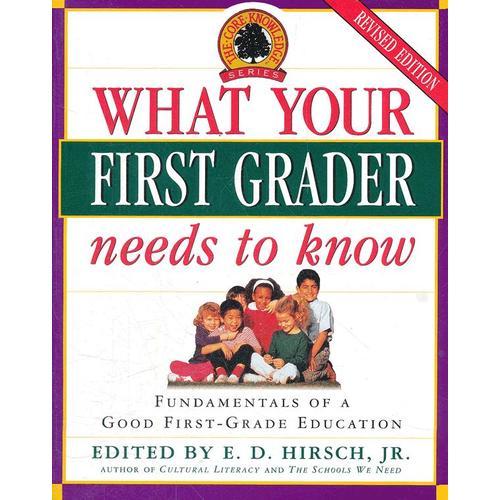
One of our favorite reading games only requires a stack of Post-It notes and a bunched-up sock. For this activity, write sight words or words your child can sound out onto separate Post-It notes. Then stick the notes to the wall.
Your child can then stand in front of the Post-Its with the bunched-up sock in their hands. You say one of the words and your child throws the sock-ball at the Post-It note that matches!
9) Read With Unconventional Materials
In the same way that word games can help your child learn how to read, so can encouraging your child to read without actually using books!
If you’re interested in doing this, consider using PlayDoh, clay, paint, or indoor-safe sand to form and shape letters or words.
Another option is to fill a large pot with magnetic letters. For emerging learners, suggest that they pull a letter from the pot and try to name the sound it makes. For slightly older learners, see if they can name a word that begins with the same sound, or grab a collection of letters that come together to form a word.
As your child becomes more proficient, you can scale these activities to make them a little more advanced. And remember to have fun with it!
Reading Comes With Time And Practice
Overall, we want to leave you with this: there is no single answer to how to teach a child to read. What works for your neighbor’s child may not work for yours –– and that’s perfectly OK!
Patience, practicing a little every day, and emphasizing activities that let your child enjoy reading are the things we encourage most. Reading is about fun, exploration, and learning!
And if you ever need a bit of support, we’re here for you! At HOMER, we’re your learning partner. Start your child’s reading journey with confidence with our personalized program plus expert tips and learning resources.
Author
How To Teach A Child to Read In 10 Easy Steps
Teaching your child to read can be one of the most rewarding experiences of your life! Here we share 10 tips on how to teach a child to read, from pre-readers all the way to school-age children!
As a former first grade teacher, teaching children to read is one of my greatest passions! But because most children don’t start actually “reading” until around 6 years old (which is upwards of the targeted age range for my blog), I didn’t want parents to feel pressured that their 3-year old needs to start reading (which, by the way, they don’t!).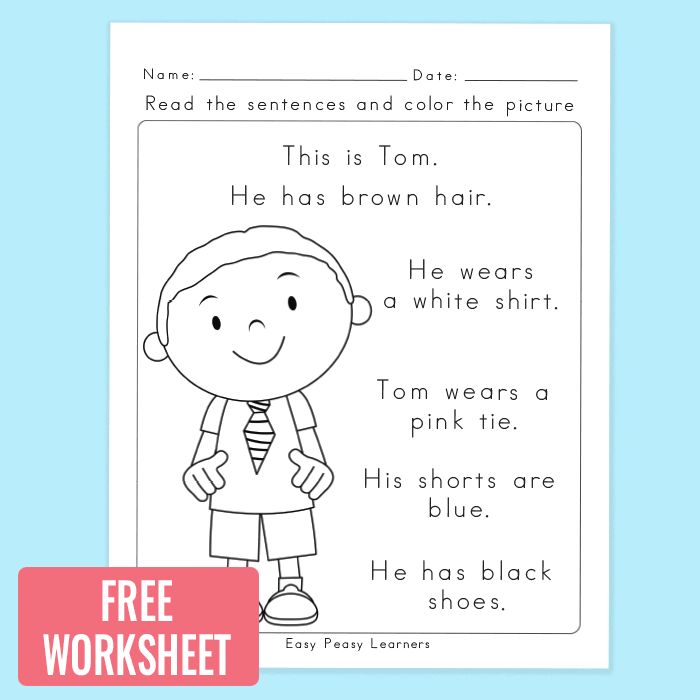 However, the information shared below is general information that is beneficial for children of all ages, whether your child is ready to read or not. Don’t implement all of these strategies at once, nor should you expect your child to be able to do everything right away. Learning to read is a process and the information below is simply for you to implement when you feel your child is ready.
However, the information shared below is general information that is beneficial for children of all ages, whether your child is ready to read or not. Don’t implement all of these strategies at once, nor should you expect your child to be able to do everything right away. Learning to read is a process and the information below is simply for you to implement when you feel your child is ready.
Once your child is ready to begin reading, you will need to find a systematic and explicit program that teaches phonemic awareness and phonics. This is essential. Learning to read is like breaking a cipher code (and contrary to what the title of this post suggests, it is NOT easy). Every child must learn the code and it makes the most sense to teach this explicitly rather than depending on kids figuring it out on their own. Please also recognize that although the suggestions below are labeled as “steps”, they are not necessarily in consecutive order, nor are they in order of importance. The information you will find here is simply a guide to help you see how each of the components of reading fit together for your pre-reader. If your child is school-aged and you are looking for a curriculum on how to teach a child to read, I highly recommend Pathways to Reading Homeschool.
The information you will find here is simply a guide to help you see how each of the components of reading fit together for your pre-reader. If your child is school-aged and you are looking for a curriculum on how to teach a child to read, I highly recommend Pathways to Reading Homeschool.
How To Teach a Child To Read
1. Read Aloud to your childTeaching your child to read is truly a process that begins at infancy. No, I am most certainly NOT advocating programs that claim to teach your baby to read using flashcards! What I AM encouraging you to do is to begin reading with your newborn within days of welcoming her home! Not only is ongoing reading time building a special bonding time for the two of you, it instills in her a love for books. Enjoyment while reading is one of the single greatest predictors of reading success in school-age children. If children don’t learn from an early age to enjoy reading, it will most likely hinder their ability sometime down the road.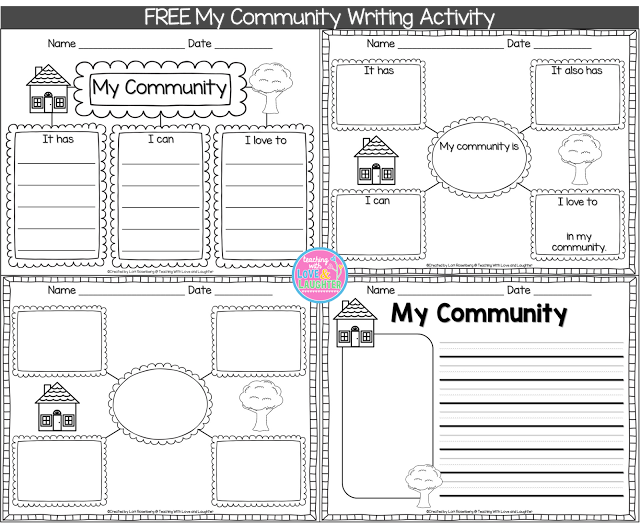
How much you read to your child is completely up to you and your family, but I suggest you aim to read at least 3-4 books a day, even while your child is very young. As she gets a little older and can sit for longer stretches of time, make it a family goal to read together for at least 20-minutes each day.
Here are a few suggestions for the types of books to read to your child. But by all means, read whatever your child responds to and enjoys!
- Birth-1 Year: Lullabies, Board Books (with real pictures), Cloth Books (with various textures), Song Books
- 1 Year-3 Years: Rhyming Books, Song Books, Short-Story Board Books
- 3 Years-5 Years: Alphabet Books, Song Books, Picture Books, Rhyming Books
2. Ask questions
Asking questions while reading to your child is not only great for encouraging your child to interact with the book, but it is also extremely effective in developing his ability to comprehend what he is reading. You see, if our main objective in “reading” is getting our child to “sound out” words, we have missed the boat entirely. Even children who can decode words and “read” with great fluency still might not be able to comprehend what they are reading. If a child can’t comprehend what he is reading, there really is no point to reading at all!
You see, if our main objective in “reading” is getting our child to “sound out” words, we have missed the boat entirely. Even children who can decode words and “read” with great fluency still might not be able to comprehend what they are reading. If a child can’t comprehend what he is reading, there really is no point to reading at all!
While your child is a baby, ask him questions such as, “Do you see the cat?” while pointing at the picture of the cat. This will not only develop his vocabulary, it will also encourage him to interact with the book that he is reading. As he gets older, ask him to point to things in the book himself and make the noises of the animals he sees.
Once your child is about 2 or 3-years of age, begin asking questions before, during, and after reading the book. Show your child the cover of the book and ask him what he thinks the story is going to be about (predicting). While reading, ask him what he thinks is going to happen in the story or why he thinks a character made a particular choice (inferring).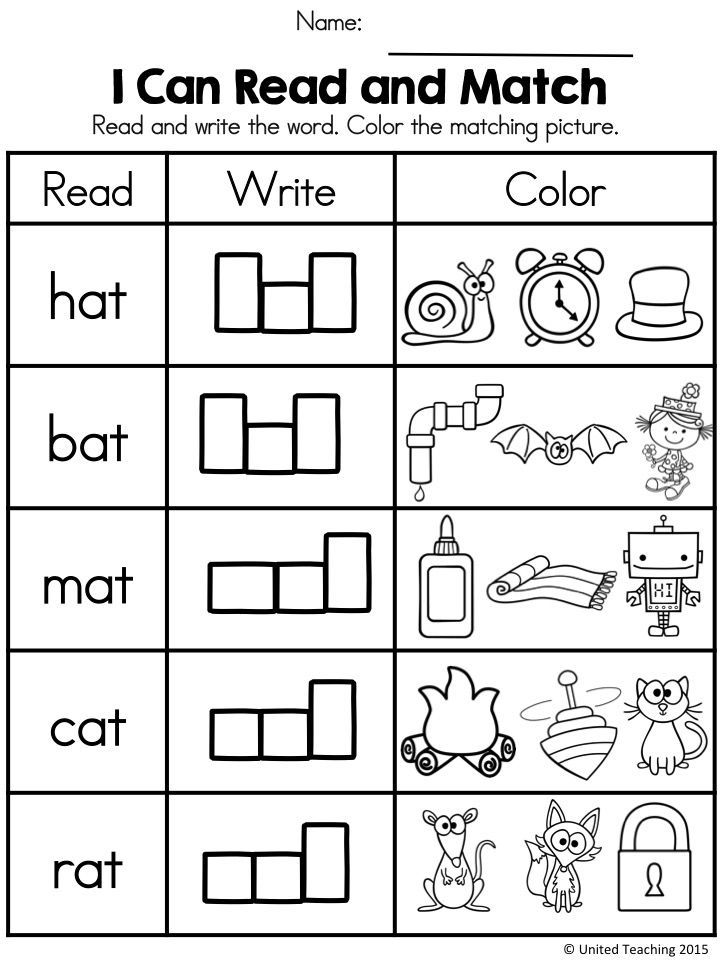 If a character is depicting a strong emotion, identify that emotion and ask your child if he has ever felt that way (connecting). At the end of the book, ask if his prediction(s) came true. Afterwards, ask him to tell you what he remembered happening in the book (summarizing).
If a character is depicting a strong emotion, identify that emotion and ask your child if he has ever felt that way (connecting). At the end of the book, ask if his prediction(s) came true. Afterwards, ask him to tell you what he remembered happening in the book (summarizing).
Modifying each of these techniques during read-alouds to meet the developmental stage of your child is a great way to promote and increase reading comprehension!
3. Be a good (reading) example
Even if your child is fascinated with books from an early age, her fascination will quickly dwindle if she does not see reading modeled in her home. If you are not an avid reader yourself, make a conscious effort to let your children see you reading for at least a few minutes each day! Read a magazine, a cookbook, a novel, your Bible…it’s up to you! But show your child that reading is something that even adults need to do. If you have a son, share this article with your husband. Sons need to see their fathers read, especially since it is not something that young energetic boys are naturally prone to doing.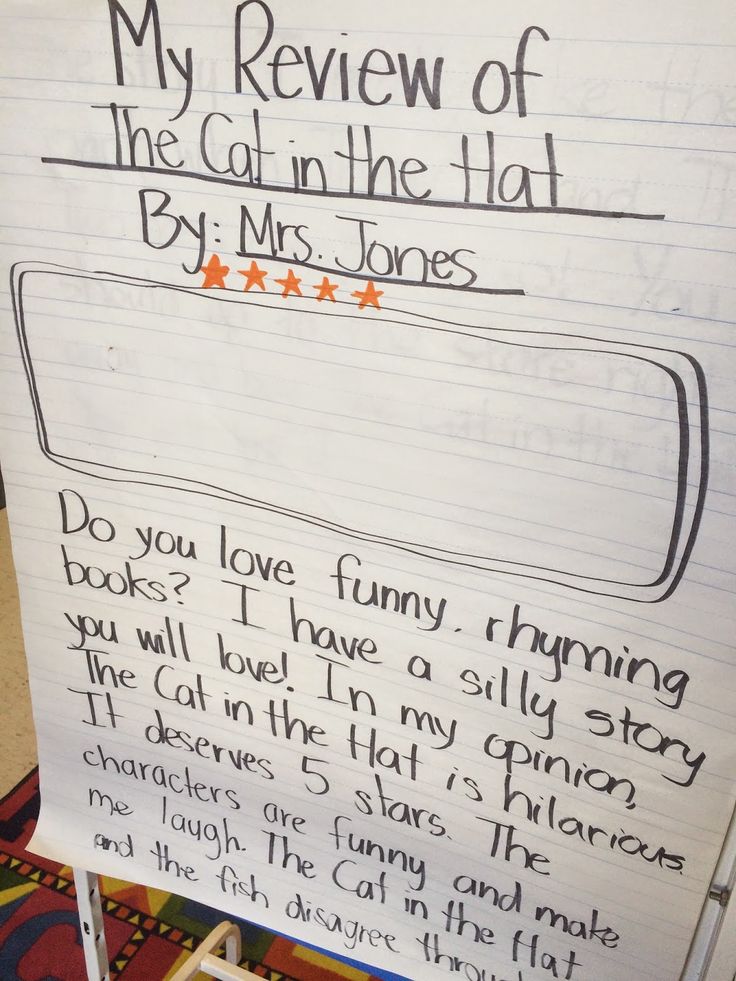
As parents, we can sometimes get wrapped up with what exactly our children should be doing to be successful. But we often forget that children often learn by example. Grab a book and take a load off…for your child’s sake, of course!
4. Identify letters in natural settingsBefore our boys were born, we painted and hung large wooden letters spelling their name above the cribs as a decorative accent in their rooms. I would have never guessed that those wooden letters would have such a learning incentive for Big Brother! Around age 2.5, he began asking what letters were above his name. That’s honestly how he learned to spell his name…and he can spell his brother’s name too because he has taken an interest in his letters as well. In technical terms, this is called “environmental print” and includes all of the print we are surrounded by–fast food signs, labels, traffic signs, clothing, magazines, etc.
Often times, we want to force our children to learn letter names by a certain age. We buy flashcards or DVDs claiming to teach our children their letters. We drill our 2-year old over and over for minutes on end. Don’t buy into this…allow your kid to be a kid and take advantage of the “teachable moments” as they come along! Children’s minds are like sponges and are certainly capable of memorizing the alphabet from drilling, but that’s not the most effective method that will produce the best long-term results. Your child will be curious about the print he sees around him and will ask questions. That’s your chance to jump in with a practical application that actually has real meaning and significance to your child.
We buy flashcards or DVDs claiming to teach our children their letters. We drill our 2-year old over and over for minutes on end. Don’t buy into this…allow your kid to be a kid and take advantage of the “teachable moments” as they come along! Children’s minds are like sponges and are certainly capable of memorizing the alphabet from drilling, but that’s not the most effective method that will produce the best long-term results. Your child will be curious about the print he sees around him and will ask questions. That’s your chance to jump in with a practical application that actually has real meaning and significance to your child.
Don’t misunderstand me and think that I don’t think learning the alphabet is important. It is certainly important…but the method in which we teach them is even more important! Always keep in mind that our ultimate goal is to foster a lifelong learner who loves to read, not a child who has simply memorized without any significance.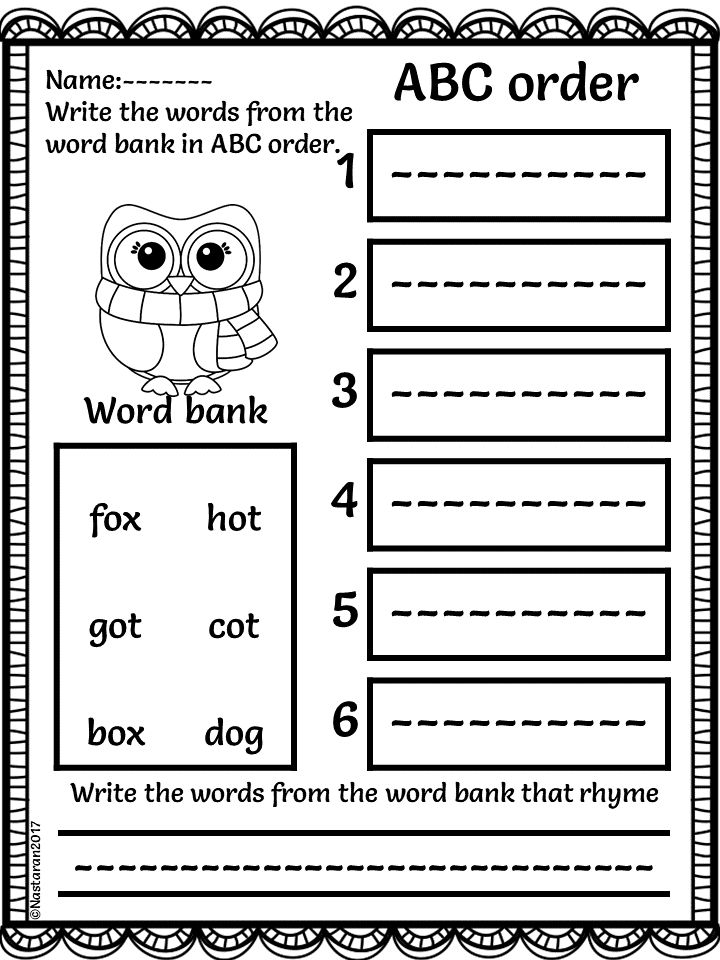
5. Incorporate multiple domains of development
Children learn best when multiple senses or areas of development are included. That’s why hands-on learning produces longer retention and more meaningful application. Once your child has shown an interest in letters and you have already begun to utilize natural settings for identifying those letters, begin implementing activities that incorporate as many senses as possible. Keep in mind that learning letter names isn’t nearly as important as learning their sounds!
There are a plethora of ways to incorporate multiple domains of development in regards to letter recognition and early-reading skills. Alphabet crafts allow your child to learn the shape of a letter along with an association of the sound it makes all the while utilizing fine motor skills in the process of cutting, gluing, and creating! Playing games that involve gross motor skills (like tossing beanbags on the appropriate letter) are also wonderful ways to include movement.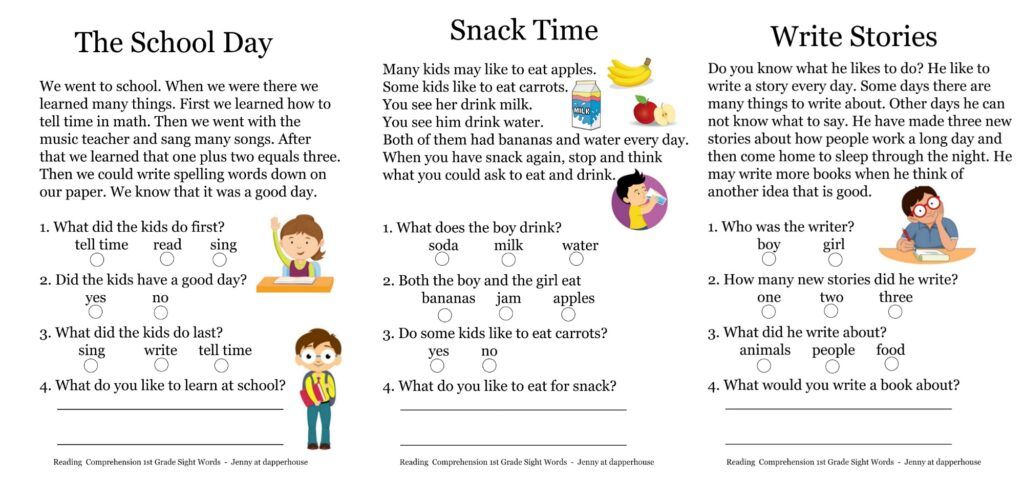 Of course, every child loves songs and rhymes! Take an inventory of your child’s strengths and areas of interest and target activities to fit them!
Of course, every child loves songs and rhymes! Take an inventory of your child’s strengths and areas of interest and target activities to fit them!
Once your child is around 5 and can recognize the difference between real and make-believe, I would suggest starting to help your child understand various genres of books during your reading time together. This might seem complicated, but it’s really not. There are around 5 different genres of children’s books that I would encourage you to point out to your little one. Of course you can use the term “type” rather than “genre” if that is easier to remember.
- Nonfiction (real stories or facts about animals, places, people, etc)
- Fantasy (make-believe, can’t happen in real life because of magic, talking animals, etc)
- Realistic Fiction (a made-up story, but it could technically happen in real life because the characters and situations arebelievable)
- Alphabet Books
- Song Books
When children classify a book into a certain genre, they have to first summarize the book in their head and recall details.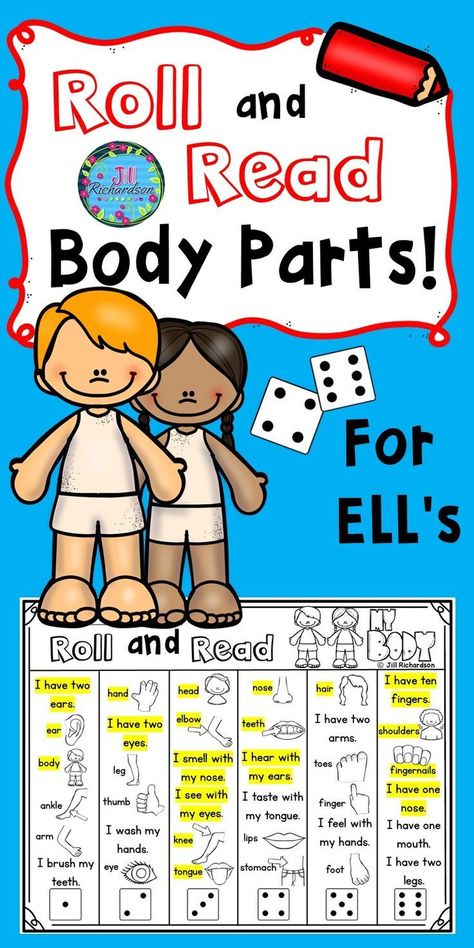 Then they have to use that information to decide which type of genre that particular books fits into. Finally, your child will be recalling details from other books in the same genre, making connections between the two. This simple activity that might take 5-10 seconds of your time after reading a book but it certainly packs a punch of thought and processing in that young brain!
Then they have to use that information to decide which type of genre that particular books fits into. Finally, your child will be recalling details from other books in the same genre, making connections between the two. This simple activity that might take 5-10 seconds of your time after reading a book but it certainly packs a punch of thought and processing in that young brain!
Also, it’s important to note that not all books will fit into one of these genres, especially books that are considered “phonics readers.” I would suggest that you do this exercise only with high-quality children’s literature, not with books that are attempting to get your child to “sound-out” on their own. Most picture books found in children’s libraries will fit into one of these genres.
Remember, our goal is for our children to learn to comprehend what they’re reading…otherwise reading will honestly do them little good. When we encourage our children to think about and process the book we’ve just read together, we are inadvertently modeling what we hope they’ll one day do independently!
7.
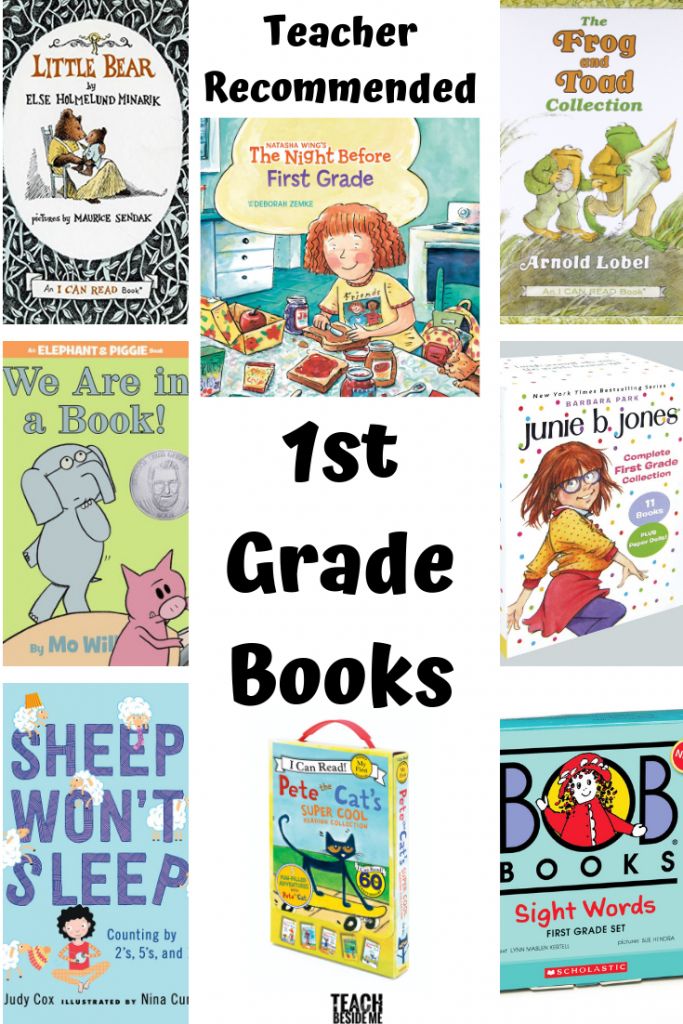 Focus on Phonemic Awareness and Phonics
Focus on Phonemic Awareness and Phonics“Phonemes” are the smallest sounds in the English language (go here for a complete list of phonemes). These sounds are made up of consonants, short vowels, long vowels, and digraphs. “Phonemic Awareness” consists of learning those sounds and how to manipulate them within a word. Digraphs are unique sounds comprised of individual letters like /th/, /sh/, /ch/, etc.
“Phonics” includes learning how to spell those sounds and the various rules that the English language follows. Learning the rules of phonics is an essential tool that helps a child learn to decode and spell. I used the Pathways To Reading program in the classroom as my phonemic awareness and phonics program and loved it! It made learning all of the tricky spellings so much fun! Pathways now has a homeschool version, which is amazing!
9. Decoding
Decoding is often referred to as “sounding it out.” Once your child knows the sounds each letter makes (which is taught in real, meaningful situations), she is ready to begin putting words together. Decoding is a process that requires strong phonemic awareness skills and gives way to orthographic mapping, the process by which words are stored as “sight words” in long-term memory.
Decoding is a process that requires strong phonemic awareness skills and gives way to orthographic mapping, the process by which words are stored as “sight words” in long-term memory.
As children decode words with more frequency, they will become more proficient at automatically identifying that word. Researchers say it can take between 1-4 exposures of decoding before a word is transferred to long-term memory for automatic retrieval. Sometimes this task is tedious, and can’t be short-changed, so it’s important to find creative ways to make it fun. When I taught first grade, I used to buy little finger puppets that my students could use to point to the letters as they were decoding. This was a huge hit and made this process so much fun!
| Find these finger puppets and more at Oriental Trading |
10. Use a reading program with explicit, systematic instruction once he/she is in kindergarten and beyond
Most of the skills up to this point are what I would consider “pre-reader” skills that we, as parents, can work on during our child’s earliest years to make the process of learning to read much easier for our children. Once your child reaches school-age, be sure that you are using a program rooted in the science of reading, with explicit and systematic instruction in both phonemic awareness and phonics. If your child is headed to school, ask to look over the curriculum to ensure it is strong in these areas specifically. Some children will naturally learn the phonetic code more easily than others, as Nancy Young’s Reading Ladder suggests, but ALL children benefit from early code-based instruction.
Once your child reaches school-age, be sure that you are using a program rooted in the science of reading, with explicit and systematic instruction in both phonemic awareness and phonics. If your child is headed to school, ask to look over the curriculum to ensure it is strong in these areas specifically. Some children will naturally learn the phonetic code more easily than others, as Nancy Young’s Reading Ladder suggests, but ALL children benefit from early code-based instruction.
There is no better foundational reading program, in my opinion, than Pathways to Reading. The original curriculum has been used in classrooms and clinical settings for the last 20 years. The program has been involved in numerous research studies, showing statistically significant results. Pathways to Reading Homeschool now offers their groundbreaking curriculum for home educators, starting with Basic Foundational Reading (which is the equivalent of kindergarten-age instruction).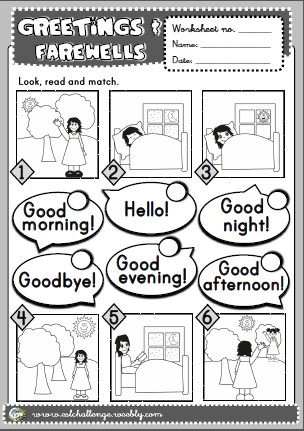 All 5 areas of reading instruction, as identified by the National Reading Panel, are incorporated: Phonemic Awareness, Phonics, Vocabulary, Fluency, and Reading Comprehension. This is such an incredible resource for families and I can’t recommend it highly enough!
All 5 areas of reading instruction, as identified by the National Reading Panel, are incorporated: Phonemic Awareness, Phonics, Vocabulary, Fluency, and Reading Comprehension. This is such an incredible resource for families and I can’t recommend it highly enough!
Learning To Read is a Journey
In summary, here are some practical suggestions you can implement every day based on the learning to read strategies shared with you in this post. Obviously, you can’t implement all of these suggestions with children of all ages, so use your judgement about what is the best way to teach a child to read.
- Read to your child every day!
- Ask your child questions before, during, and after reading.
- Let your child see you reading.
- Look for letters while out and about and in the environment around you.
- When teaching letters and letter sounds, incorporate as many senses as possible.
- Read a variety of books and make a game out of guessing the genre.
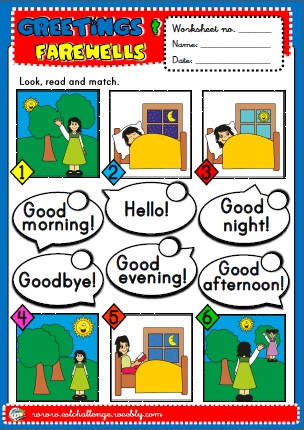
- Have fun rhyming
- Play these oral phonemic awareness games together (no materials required)
- Encourage your child to sound out short words (consonant, vowel, consonant).
- Most of all, have fun together!
What to do if the child does not want to learn to read: 3 tips
– I have been studying with the child for a long time, why doesn't he read?
- My reluctantly takes up a book, is capricious, looking for an excuse to evade.
- I have been studying with my daughter for several months, we go to school, but she still does not read and does not want to study.– I have been studying with my child for a long time, why doesn't he read?
- My reluctantly takes up a book, is capricious, looking for an excuse to evade. nine0004 - I have been studying with my daughter for several months, we go to school preparation, but she still does not read and does not want to study.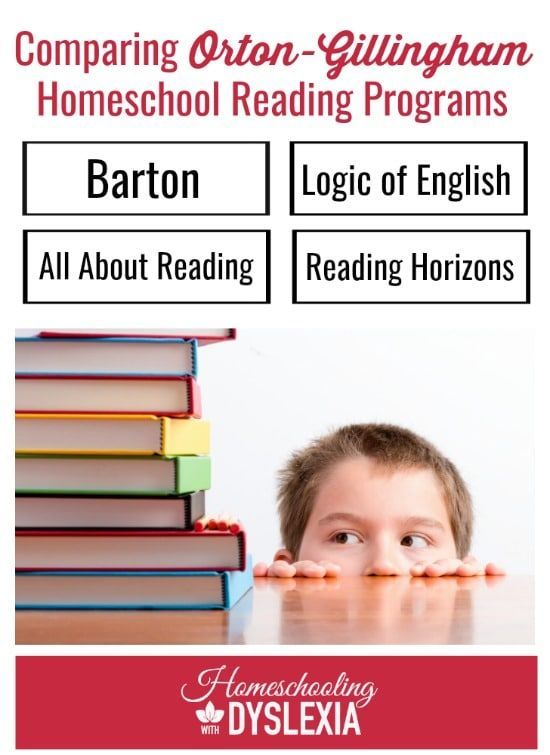
Despite the amazing opportunities that modern technology provides for education, parents often face a child's reluctance to study. But most of all it surprises in preschoolers 5-6 years old. - Where did it come from? After all, these are children, and they should be interested in everything new!
Schoolchildren's unwillingness to learn is, alas, a common symptom. In their case, the cause can be sought both within the family and outside: relationships with teachers at school, with classmates. In the case of preschoolers, there is only one reason - some mistake of parents in organizing classes, in relation to them. nine0012
Reading is a fun app for teaching children aged 3-7 to read
A colorful journey into the world of a fairy tale will allow your child to immerse themselves in the study of letters and syllables. Learning to read will no longer be a boring, routine task and will become a fun adventure to save the Magic Land. The game is based on the method of Zaitsev's cubes
The game is based on the method of Zaitsev's cubes
In this article we will highlight 3 reasons why a child does not want to learn to read, and also offer 3 solutions. Pay attention to them, and your child's progress in learning will become more noticeable. nine0012
Why do we teach preschoolers to read?
If you open the school ABC, it will become clear to you that it was written for a child who is already reading. Gradually and imperceptibly, our children were no longer taught to read at school. For better or worse, the reasons why this happened are topics for a separate article. So we take it as a fact - the responsibility to teach the child to read and send it to school as a reader lies with the parents.
Therefore, parents not only teach their children to read, but try to succeed in it. They worry that if the child does not read well, then while the whole class will read the text and answer questions, their child will have difficulty connecting letters into words.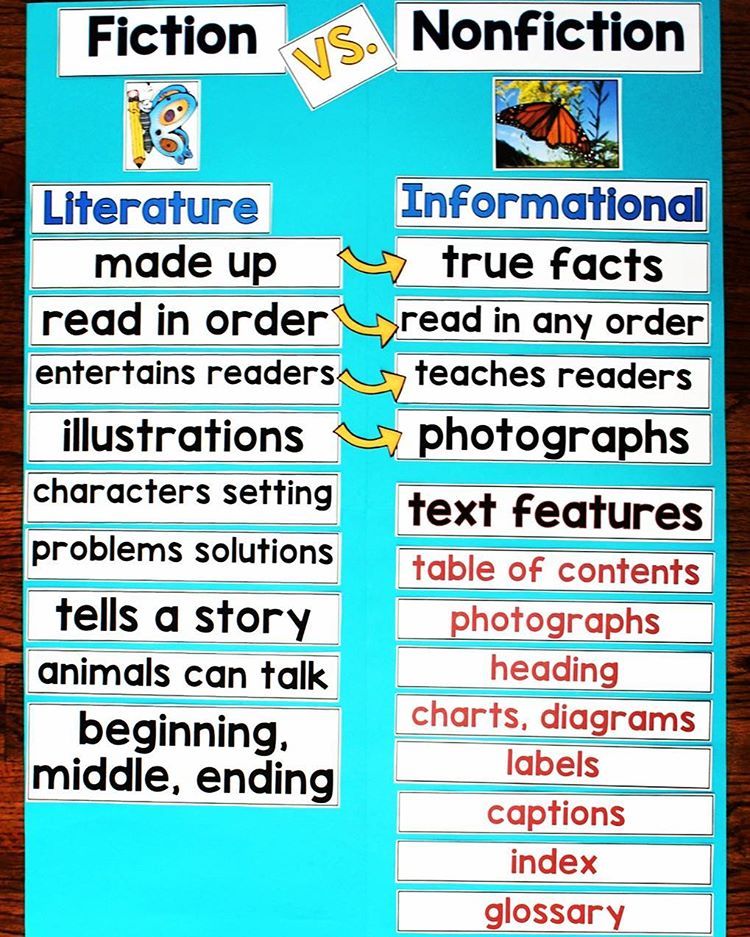 This will lead to a backlog in other subjects. nine0012
This will lead to a backlog in other subjects. nine0012
From lagging behind to unsuccessful, and then to unsuccessful - no one wants such a development for a child. Therefore, parents try to prepare their children for school in advance, to prepare well.
To have more time and energy to adapt to new school realities. To make the child feel more confident, bolder, smarter. These are the correct and necessary arguments of loving parents. But what about children?
And with such an approach, they say that they are bored, incomprehensible, uninteresting... They begin to evade, avoid classes. They whimper, they whine. Parents force, insist, try to interest and sooner or later achieve results - the child goes to school as a reader. nine0012
Reason #1: Parents are chasing results and don't involve their child in the process
Adults require a result from a child - to be able to read fluently, to master the technique of reading.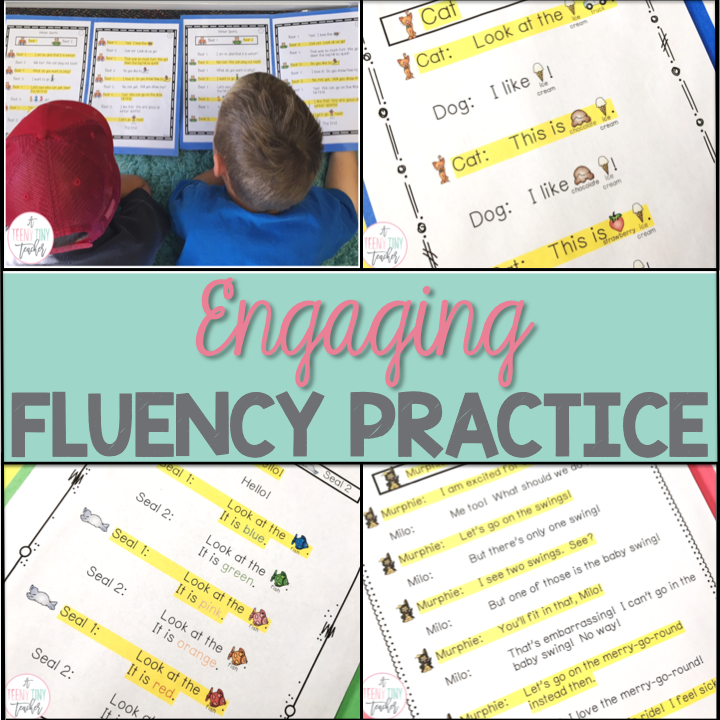 But they are not interested in the process itself (“I read because it is interesting”). In this case, the child will also be focused on the result over time (“I will read as much as you say, what you say and leave me alone”). For a child, reading becomes undesirable and even painful.
But they are not interested in the process itself (“I read because it is interesting”). In this case, the child will also be focused on the result over time (“I will read as much as you say, what you say and leave me alone”). For a child, reading becomes undesirable and even painful.
Thus, most parents strive to teach their child to read in order to prepare him for school, and formulate their task something like this: nine0012
“I teach a child to read so that in the first grade he feels no worse than others. To make it easier to adapt, get used to school, so that at first it would be easier for him to study.
At the same time, parents see the goal of learning to read as follows: the child knows letters, combines them into syllables, perceives the whole word, reads sentences. As a rule, having achieved this result, parents stop. They often stop when the child has gone to school, considering his task completed.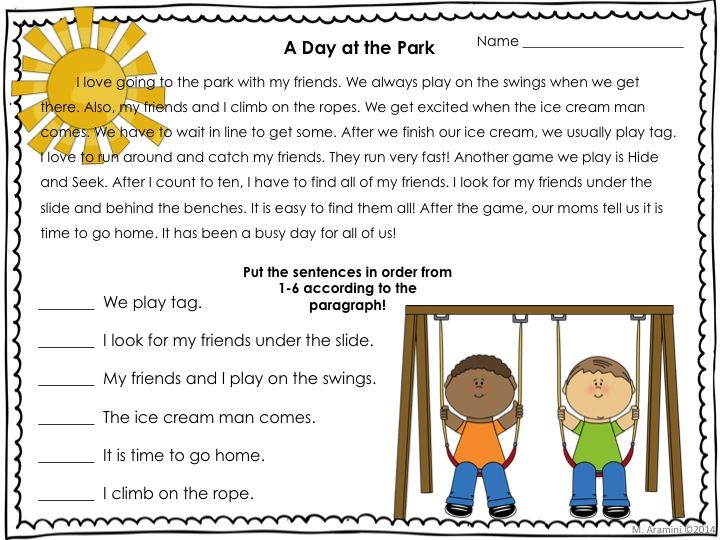 nine0012
nine0012
But there is a second part of the “why am I teaching my child to read” problem that parents usually overlook. This is a long-term goal, the result of which is so far away that it can be overlooked. Here she is:
“I teach a child to read so that he loves reading”
A child who loves reading will read a lot and with interest, will learn much easier and faster to extract information from texts, understand different texts - artistic, scientific, informational, be able to analyze them, highlight the main thing. nine0012
Not noticing the second problem in learning to read is the same as not seeing the forest for the trees.
Therefore, in addition to achieving an immediate result, it is important to make sure that the very process of learning and reading gives the child pleasure. You read interesting books together (for preschoolers and elementary school), then the child begins to read books on his own, you help the child choose books according to age and interests, and discuss what he has read.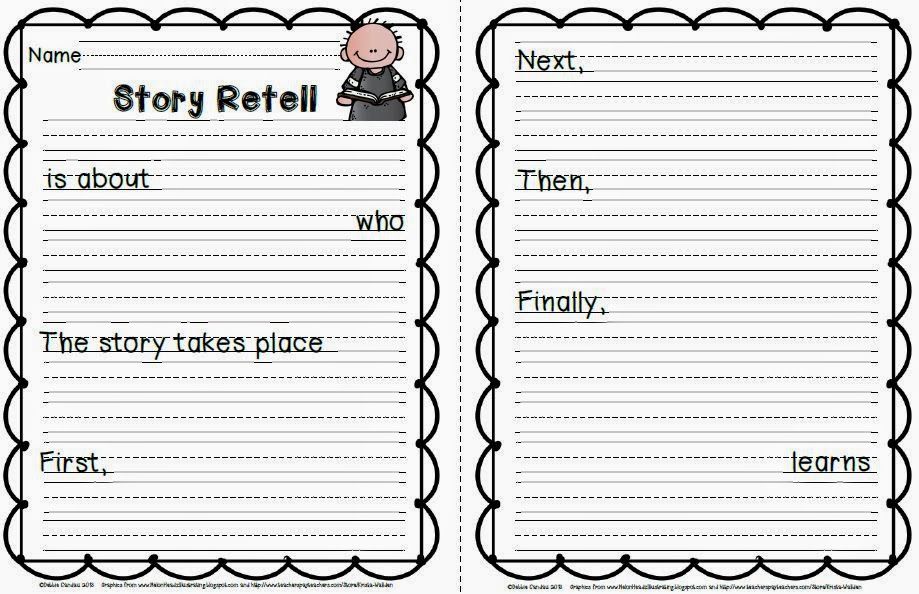 Build an interest in reading before school, and support it in elementary and middle school. nine0012
Build an interest in reading before school, and support it in elementary and middle school. nine0012
Solution 1: Switch to process. Remove controls and checks. Don't try to make sure that the child has learned, understood something in the technique of reading - all this is the desire to fix the result, the emphasis on which is now harmful for you and your child. Read books that are interesting to both of you as much as possible with your child, discuss them. The child should feel that reading is interesting.
Tatyana Chernigovskaya, a highly qualified specialist and scientist, talks about how to properly prepare a child for reading, so that he not only learns to read, but loves books with all his heart. nine0012
Reason #2: Adults underestimate the complexity of learning this task begins to seem to the child even more difficult than it really is.
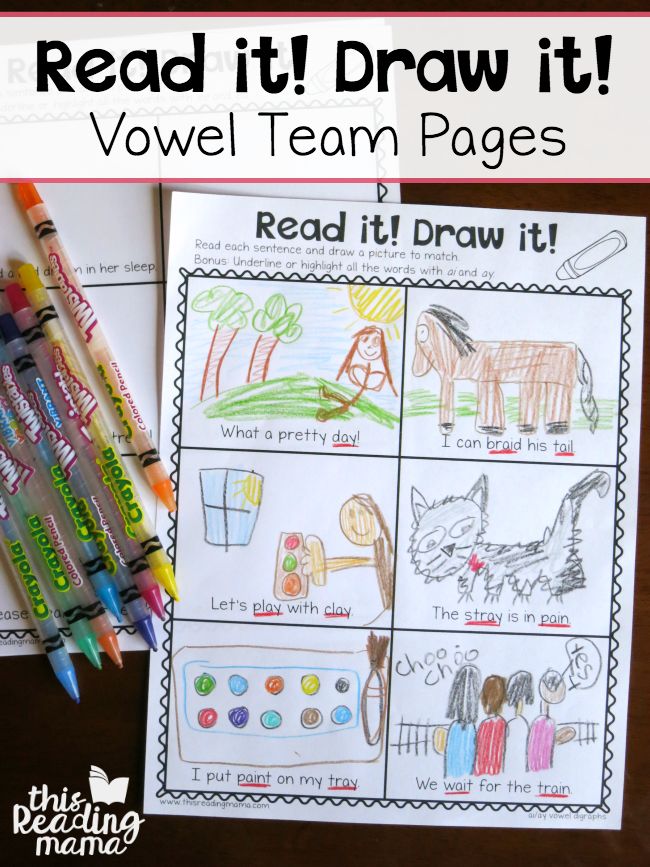 It is not surprising that the child begins to avoid learning to read, and then to read in general.
It is not surprising that the child begins to avoid learning to read, and then to read in general. You learned to read a long time ago and most likely do not remember what difficulties you had in learning to read. You think learning to read is easy. And it's hard for a child. With their misunderstanding, skeptical attitude (“Yes, no one taught me at all, I learned it myself!”) Or pressure (“it’s time to read, soon to school!”) you unconsciously devalue the efforts of the child, thereby demotivating him and creating an attitude towards reading as something overwhelming and unpleasant. It is not surprising that subconsciously the child begins not want to learn to read and says: “boring, uninteresting, I don’t want to.” Science, by the way, confirms that learning to read is not easy. The scientists came to the conclusion that nine0012
learning to read is a complex cognitive process associated with the organization of memory, attention, and image manipulation.
Transforming them into a verbal-logical form and vice versa, decoding symbols (in the process of reading) into images, recognizing and manipulating them. Difficult, because different parts of the brain encode different information. The reading process involves departments that are responsible for processing sound and visual images, speech centers, short-term and long-term memory. There are about 17 areas of the brain in total. Each is responsible for its own area: one is for visual perception, the other correlates sounds and letters, the third recognizes the meaning of what is read. nine0012 T.V. Chernigovskaya, Doctor of Biological Sciences, neurolinguist
The rate of reading acquisition in children is determined by the rate of maturation of brain regions. This maturation occurs unevenly (heterochronously). Such uneven development is the norm for a child. As on a fruit tree, all the flowers do not bloom and all the fruits do not ripen at the same time.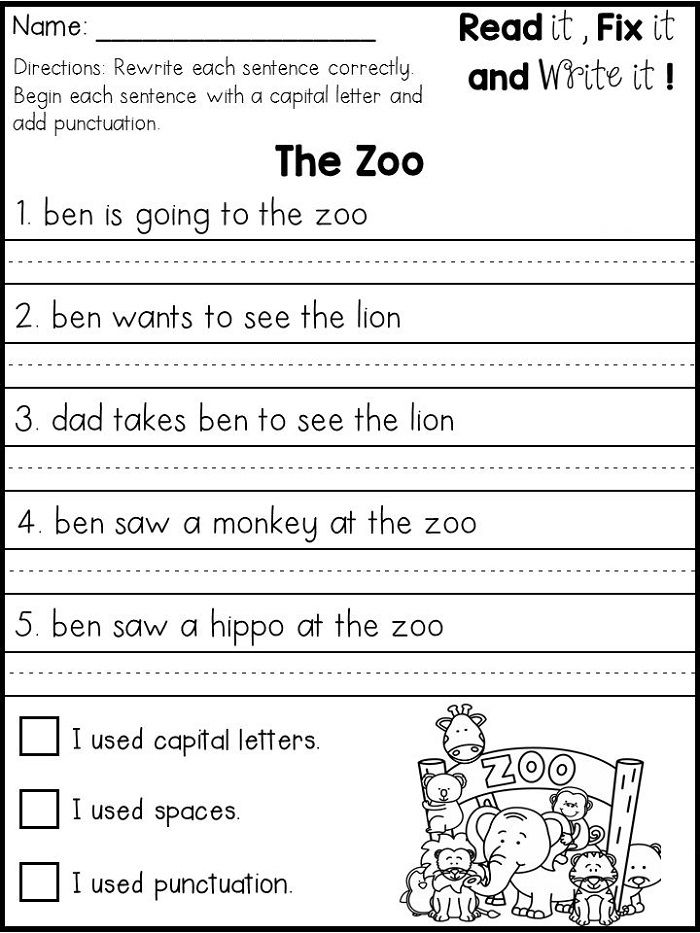
Heterochrony of development partly explains the fact that often children in a certain period know the letters and they cannot or cannot read words to combine them into syllables - everything has its time. Just be flexible and be sympathetic to these temporary difficulties. nine0012
It is also worth adding that in addition to the heterochronous development of brain regions, which is relevant for everyone, Your child may have their own learning curve. To be equal to other children, to the opinion of specialists, of course, it is necessary, but do not attach too much importance to this. It will be right not to drive your child into someone else's framework, and notice, find its strengths and weaknesses. And in the future to use them for study, to reveal its development potential.
Solution 2 Be patient. Support the child. Instead of stressing that learning to read is easy, focus on that you believe and have no doubt that he will learn to read.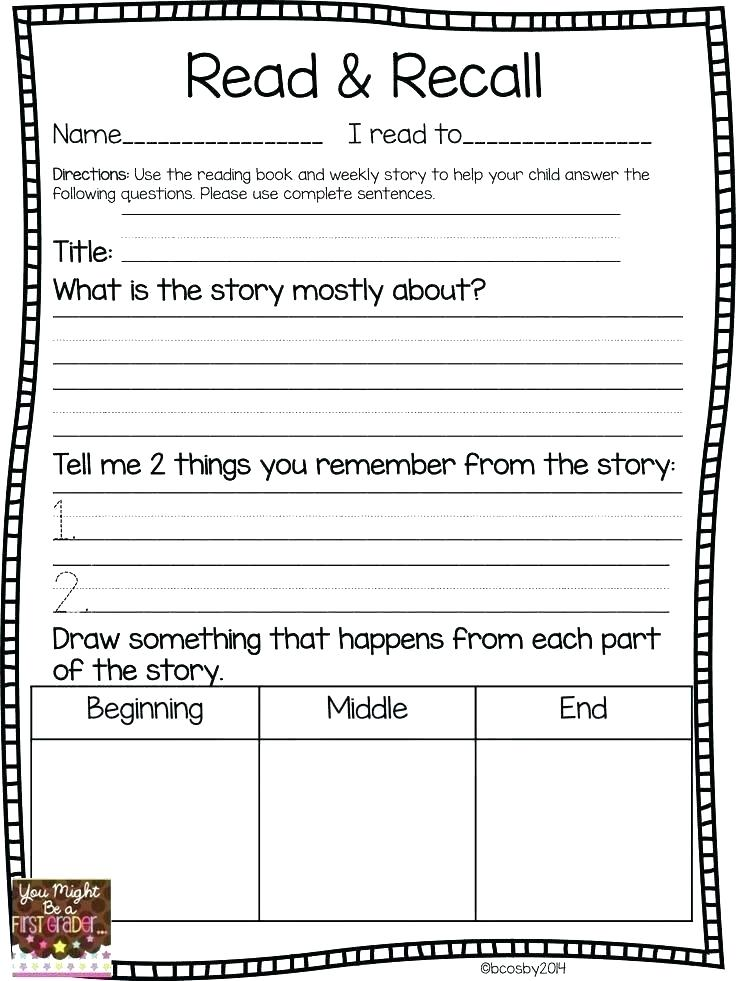 Rejoice in every achievement.
Rejoice in every achievement.
If the child fails to learn to read quickly, if he has difficulties, do not discuss with relatives, especially in front of the child. After all, he hears everything and subconsciously adjusts to the ideas of his loved ones - mom and dad. Believe in the potential of the child and this belief will transform him amazingly, and your relationship will only benefit. whenever it seems to you that “he should have read a long time ago”, “I myself learned at his age ...”, remember the complexity of the task and the physiological conditions of the child's readiness. Switch to the process - and engage with your child for your pleasure. Yes, yes, just for fun. You should also be interested in activities with the child. nine0012
Be able to see the value for yourself in these activities! How? Look at your classes from a different angle. Your child is learning a difficult reading skill... But at this moment you are mastering an equally complex skill: you are learning to understand its capabilities and not to rush. This skill will be needed in the school period, and in adulthood. Observe the child, learn his features, overcome the first educational difficulties with him. So in a sense, you and your child have the same goal. nine0012
This skill will be needed in the school period, and in adulthood. Observe the child, learn his features, overcome the first educational difficulties with him. So in a sense, you and your child have the same goal. nine0012
Reason #3: The chosen method is not suitable for your child
An inappropriate teaching method that does not correspond to age characteristics will greatly slow down the process of learning to read. We are far from opposing sound and warehouse methods. A lot of literature has been written in defense of each of them. But if you notice that the child's problems in relation to reading are connected precisely with a misunderstanding of what you are explaining to him, it is likely that that you are facing this problem. nine0012
Read about the difference in methods of teaching reading in our article "How to teach a child to read". Here I will briefly say that the most common are two principles of teaching children to read: storage and sound.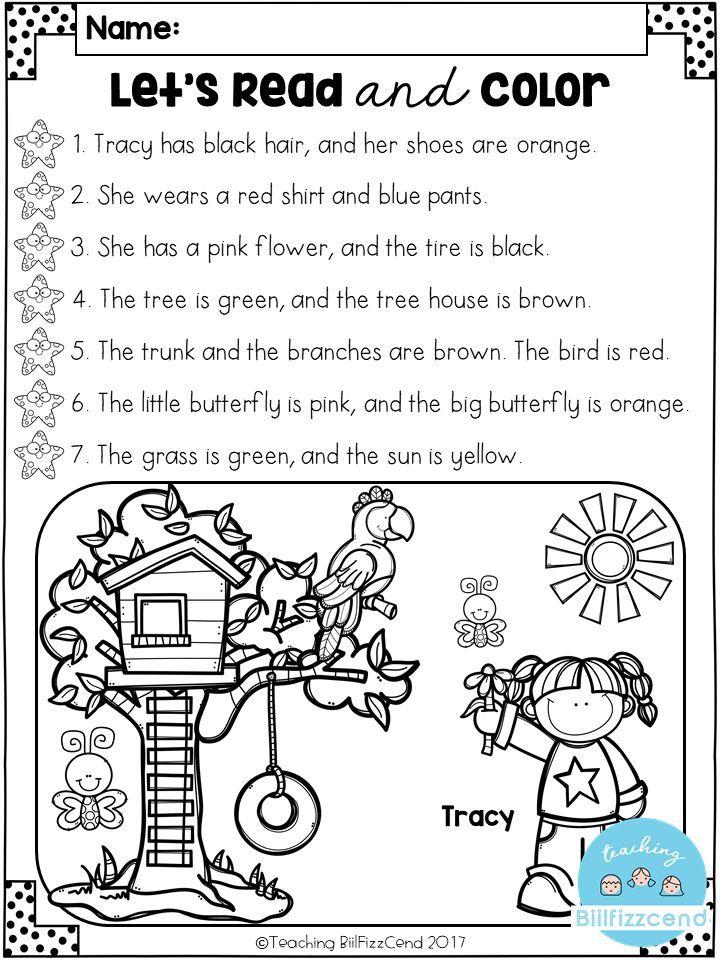 In addition to them, there are learning to read in whole words and other approaches, but here we will focus only on these two.
In addition to them, there are learning to read in whole words and other approaches, but here we will focus only on these two.
Russian people have been taught to read since antiquity. Gradually, the warehouse method became simpler. A warehouse is 1 or 2 letters (a consonant plus a vowel). This is how the words divided into warehouses will look like: s-to-l, ka-r-ti-na, a-r-bu-z, se-m-i. nine0012
- Skladovoi method in teaching children was used by L.N. Tolstoy, later this method was finalized in the 90s by the philologist N.A. He arranged warehouses in the table and on the faces of the cubes (Zaitsev's cubes). All warehouses are known, the child looks, writes, plays and gradually remembers them. Such training is suitable for younger preschoolers: the warehouse is perceived, remembered and pronounced by the child as a whole. When pronouncing warehouses in sequence, the whole word is obtained. nine0105
- The sound (phonetic) method of teaching reading was borrowed by the Russian nobility in the second half of the 19th century from the German language.
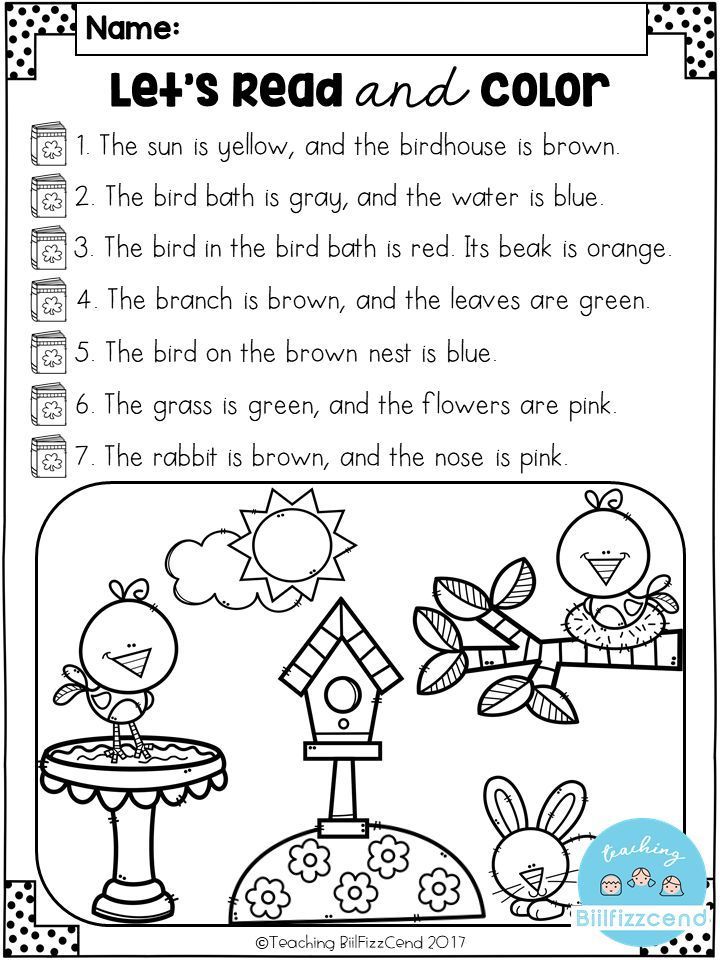 In it, each letter (more precisely, the sound) is strung like beads on a string to each other. This method was taken as a basis, developed and modified by Soviet pedagogy. If you send your child to prepare for school in a school, they will teach him in this way. With this approach, individual letters (sounds) are memorized, with the help of which the child learns to compose and parse words. nine0105
In it, each letter (more precisely, the sound) is strung like beads on a string to each other. This method was taken as a basis, developed and modified by Soviet pedagogy. If you send your child to prepare for school in a school, they will teach him in this way. With this approach, individual letters (sounds) are memorized, with the help of which the child learns to compose and parse words. nine0105
To learn to read by the sound method, the child must grow up. Analytical-synthetic functions of the brain necessary for teaching a child by this method (analyze the word, decompose it into sounds and synthesize them back into a word) arise in a child after 6-7 years. So it is only natural that children may have difficulty with this.
In addition, it is important for preschool children to play. The game is their age feature. It is important not to deprive the child of this need for the sake of classes. nine0012
Solution 3 Take a break from classes for 1-2 weeks, and then try another method, other aids. Embed your activities into the game, or vice versa - the game into the activities. Imagine, invent, try.
Embed your activities into the game, or vice versa - the game into the activities. Imagine, invent, try.
Reading - a fun app for teaching children aged 3-7 to read
A colorful journey into the world of a fairy tale will allow your child to immerse themselves in the study of letters and syllables. Learning to read will no longer be a boring, routine task and will become a fun adventure to save the Magic Land. The game is based on Zaitsev's cube technique. nine0012
Conclusions
- Emphasize process in learning. Be aware that learning to read can take time. Let other parents brag about “how their child quickly learned to read,” and your task is to learn to understand your child, notice its strengths and weaknesses. Share the fun of mastering this first difficult learning skill (the child learns to read and you learn to teach the child). The main thing is that every time you sit down to study, remember: you are not teaching a child to read, you are teaching him to love reading.
 From this simple installation, everything you do will change. nine0105
From this simple installation, everything you do will change. nine0105 - Be patient. Support the child. Instead of stressing that learning to read is easy, focus on that you believe and have no doubt that he will learn to read. Rejoice in every achievement.
- Choose the method of teaching reading, as well as the degree of play presentation of the material in accordance with the age of the child. If something does not work out, take a break from classes and try other methods.
It is important not only to teach a child to read, but also to instill in him a love of reading. In the video, the author of the project on education and upbringing of children, Nadezhda Papudoglo, talks about how not to discourage a child's love of books and how to help him fall in love with reading. nine0012
In all incomprehensible cases, the game for learning to read READING will help you, which was created for the child to play and learn to read by himself, moving forward with interest and desire.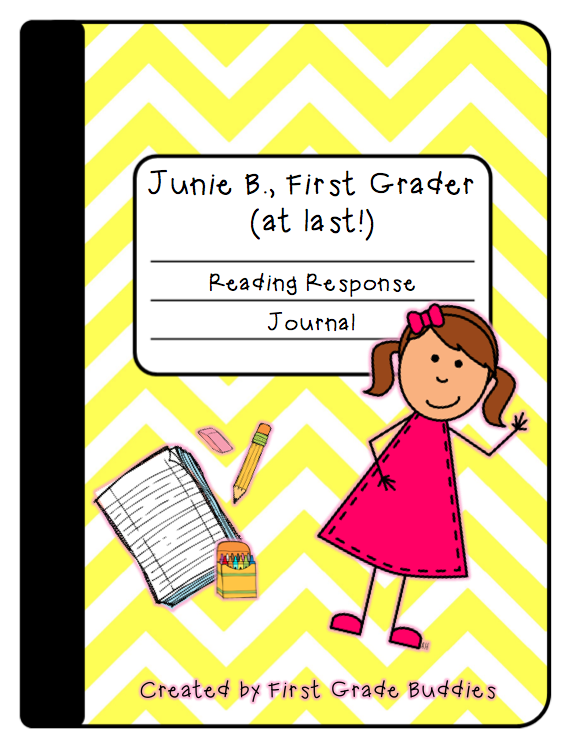
Successful teaching practices with children!
Natalia Sosnina
Co-author and methodologist of the Readings educational application. Since 2016, together with her husband and children, they have been developing a game to make learning to read interesting and understandable. The application is based on N.A. Zaitsev. In her free time she likes to spend time with her family and travel. nine0012
Learn more about Natalia on VK, Instagram and the Readings YouTube channel.
Our other articles
- How to teach a child to read
- Whole word reading method
- Nikolai Zaitsev's technique
- Maria Montessori Method
- The child has learned and repeats bad words, how to behave?
- When to start teaching a child to read
- A preschooler does not want to learn to read. What to do?
- What is the most important and difficult thing in preparing for school? nine0105
- Development of spatial thinking of a child
- 5 Best Practices for Teaching Reading to Preschoolers
- 3 Best Alphabet Learning Games
- Learning the alphabet for children in a playful way
How to teach non-reading children to read? Methodology from the work experience of a primary school teacher
Parents in the preparatory year before school are concerned about the question: “Is it necessary to teach children to read before entering school or let the teacher teach?”
nine0007 Previously, during the Soviet preschool education, the kindergarten program provided for the gradual teaching of children to read and write, starting from the toddler age of 1.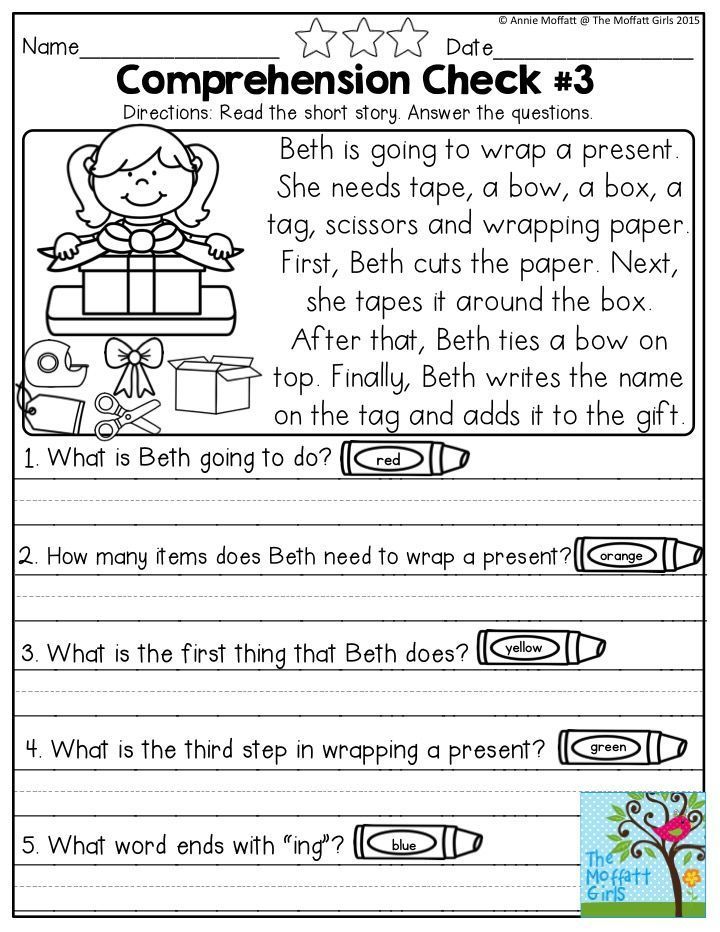 5 years.
5 years.
* Nursery group - pronunciation of sounds, names of objects, grouping (dishes, toys, furniture, etc.)
* Junior group - isolating sounds, show the object on M, what sound the word "mother" begins with
* Middle group - learn to distinguish between soft and hard consonants (by-bi, ma-mya)
* Senior and preparatory group - sound-letter analysis, study of letters, syllabic reading.
In modern kindergartens, such training has now been canceled, it's good if they are engaged in educational games. And the first grade program is designed for the fact that the child has already passed these stages. At the lesson, he gets acquainted with a new sound and letter, learns to distinguish between vowels and consonants, reads syllables and words, writes the studied letter. In the next lesson - a new letter. If there are many children in the class, then each teacher can take 2 minutes to read the syllables. Do you think your child will be able to learn to read at school if you do not consolidate the passed letter at home? Often, when you ask your parents to read syllables at home, they say: “He doesn’t listen to me, doesn’t want to read” or “Why did I send him to school, so you teach.” Therefore, my advice is for those parents who are not indifferent to the fate of their own child. nine0012
Do you think your child will be able to learn to read at school if you do not consolidate the passed letter at home? Often, when you ask your parents to read syllables at home, they say: “He doesn’t listen to me, doesn’t want to read” or “Why did I send him to school, so you teach.” Therefore, my advice is for those parents who are not indifferent to the fate of their own child. nine0012
Where to start?
To begin with, remember a few simple rules, without them you will not succeed.
1. Teaching should be non-coercive and arouse the child's interest in reading. Carry out only in the form of a game.
2. Be patient, if your child is even a child prodigy (in your opinion), the letter will not be acquired as quickly as you would like.
3. Do not release unflattering epithets to the student (you are stupid, I have already shown it 3 times), and in particular do not raise your voice. Put yourself in his place, imagine what you need to learn, for example: Chinese in a week.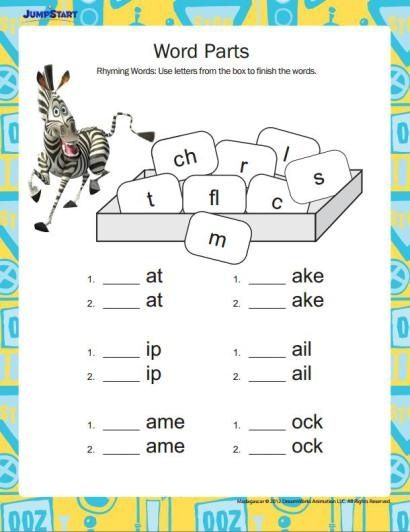 Well, how do you pull? nine0012
Well, how do you pull? nine0012
4. "Repetition is the mother of learning." In the head of the baby, everything should have time to be laid out on the shelves, this takes time.
5. Pay attention to the slightest progress in reading, brag about them to your family, especially at the initial stage. This will raise the prestige of reading (Dad, and our Vlad has already learned 5 letters. Do you want to listen?)
6. Never compare your child with others in studies. (Neighbor Mila is already reading the words. And you are confusing the letters). This is very painful for children. They lose faith in themselves. (I'm stupid with you.)
7. Don't get ahead of yourself. We learn consistently. From easy to difficult. But do not take long breaks, otherwise you will have to start all over again, what you have learned is quickly forgotten. Little by little is better, but every day.
8. Do not use the school curriculum and textbooks, then your child will not be interested in school. Buy the "ABC in Pictures" or find the "Primer" from the Soviet era. It is the easiest to learn.
Buy the "ABC in Pictures" or find the "Primer" from the Soviet era. It is the easiest to learn.
9. Don't teach your child to write, leave it to the school. For the development of finger motor skills, learn to carefully paint without going beyond the lines, and simply draw, sculpt, make applications, lay out mosaics. nine0012
10. Buy books by V. Volina from the series "Learning while playing." This is your guide. You can start learning.
I use three different techniques for teaching reading: sound-letter analysis, syllabic reading, reading with ready-made words. The first one is used in school. Students study sound in detail: vowel, consonant; hard, soft; voiced, deaf; iotated. It is very difficult for home schooling, so I always warn parents, do not teach your child to read letter by letter, because then it is difficult to retrain him to read in syllables. Syllabic reading implies the repetition of the finished syllable after the parents, reading with ready-made words is similar.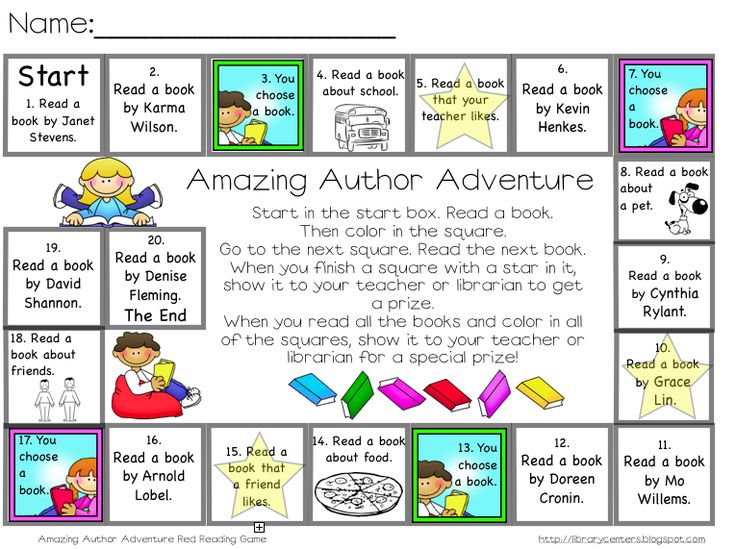 It is especially valuable for children with developmental disabilities, for example, I have a deaf-mute son, and this is how I taught him to read and speak. nine0012
It is especially valuable for children with developmental disabilities, for example, I have a deaf-mute son, and this is how I taught him to read and speak. nine0012
Getting Started:
They brought home a new toy: the alphabet. It can be in pictures, cubes, sound, a book with letters and poems to them. Start looking at it with your child. Pictures will draw him in. Ask the question: “What is shown in the picture?” Two or three days just getting to know the drawings, do not rush the process, let the interest be born.
Now you can start studying vowels: a, i, o, y, s, e. nine0240
Their 6.
A is the first letter in your alphabet. We call the picture a word (watermelon) and draw out the first sound.
What sound did the word begin with? We show the child the letter A, carefully examine it. What does it look like? Most often, children say "roof", but the more you come up with associations with them, the stronger it will be remembered. If there are subject pictures in the house, then we lay out those where the word begins with A.
If there are subject pictures in the house, then we lay out those where the word begins with A.
First 3-5 (orange, fish, bus, watermelon, elephant), say with the child and ask him to choose those that start with A. If you have a book by V. Volina “Learning by playing”, then start to beat the letter on it . If not, then show your creative abilities, come up with poems about a letter or a fairy tale, in which there are a lot of words in A.
“Two pillars diagonally, in the middle there is a corbel. Look what! The letter A is in front of you.
“The stork is eating a big watermelon. Looking scarlet. What about the taste? He himself will not make out whether it is sugar or honey.
I hope you remember these verses from your childhood?
| Learn the alphabet in a playful way - with the help of animals and funny poems about them! nine0012 Read more |
Didactic games:
"Who can come up with the most A words?" (you can name), “Kuzovok” (put items on A in the basket).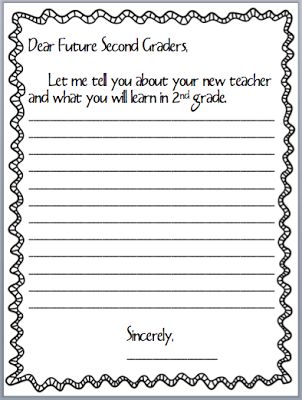 Print vowels on a color printer in red, in large print, and as you study, stick them on household items (A - aquarium), etc.
Print vowels on a color printer in red, in large print, and as you study, stick them on household items (A - aquarium), etc.
After studying these letters, we begin to sing a song of vowels every day, namely to sing, and not to read: E E E.
Then we compose the first syllables from vowels (we print on a sheet, font 72) and pronounce it drawlingly, we draw the first sound until the child realizes which is the second one (We conduct the lesson for no more than 5 minutes).
AU AI AO AY AE UA IA OA YA EA UI OI OY UY until fully assimilated, it will take 2-3 days at first.
Now we begin to study consonants
(M W B C D D G K L N P R S T) and compile speed reading tables with them (the first in large print, the next ones are reduced gradually). We read using the “Echo” technique, read 5 syllables yourself, the child repeats. nine0012
Glue the same syllables on separate cardboard boxes and play Hide and Seek. Hide the cards around the room so that they are easy to find.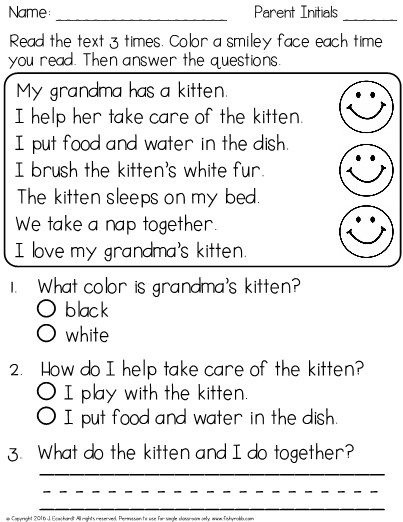 When the child has found a card, he must read the syllable or word, or rather, it turns out to be a repetition by heart, the syllables are remembered visually. Search in turn, then you, then the child. This helps in the game to repeat the syllables several times and gives him confidence that he can read.
When the child has found a card, he must read the syllable or word, or rather, it turns out to be a repetition by heart, the syllables are remembered visually. Search in turn, then you, then the child. This helps in the game to repeat the syllables several times and gives him confidence that he can read.
Table 1.
nine0007 ma sha da pa ba ga heat ra sa la ka va mama Masha Mara heat soot porridge Kama sama Sara lady llama Lara our your Dasha rama is happy papa Pasha couple ward baba tara Natasha panama loon (this is cut on separate cards for hide-and-seek ).After a slow assimilation, we move on to the game: "Finish". Who will read faster. If there is no interest in reading, then connect toys, read for dolls, bears, play school.
Table 2.
nine0007 moro bo do polo no soto fashion water soda dew scythe loto swamp chisel harrow beard breed weather deck magpie crow gate cow straw leg mountain road shovel Table 3.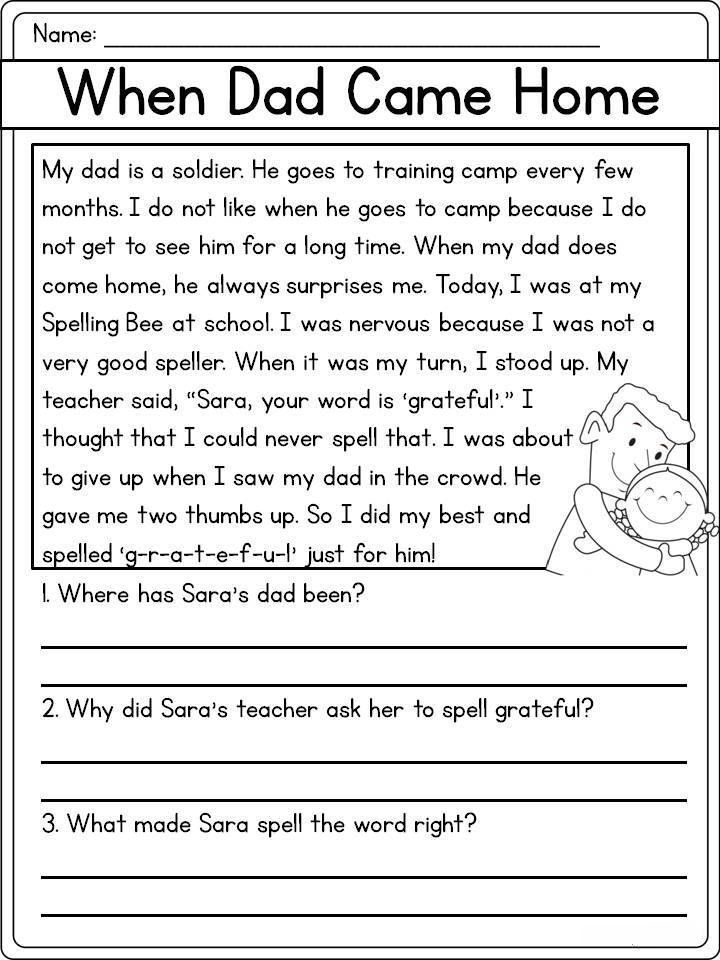 (before the mirror, show the position of the lips when pronouncing Y, Y)
(before the mirror, show the position of the lips when pronouncing Y, Y)
mi we bi would vi you guides ki li ly ni ni pi pi ry si sy ti you zhi shi soap cute mouse bear were beat poured pitchfork weights feet of water wonder movie fox linden bast horses they elephants drank dust fish lynx burrows strength
Tables should be repeated daily for fluent assimilation. An adult can sometimes read a word incorrectly. Let the child correct you. This develops attention to the word and maintains reader interest. Now study the vowels E, Yo, Yu, Ya (pronounced YE, YO, YU, YA)
Table 4 mu bu bu gu gu du du du put tu tu tu ru ryu su xiu nu nu flour hand beads geese duda soul duma puma dune tour tyurya hand poryu suma sum here nougat nunya paper sleeves soups menu I give sing I play salt it ate these raccoon mayor chalk chalk they say the ox led the floor sang aunt uncle small crumpled the hedgehog ruff Tom Tyoma Tanya Manya Table 5 for faha tsa morning dawn charge headlight phase pheasant hut hala bathrobe swell chick thicket grove dacha luck task tea gull miracle I want to fly teach May my sing pay lei this pity naley roy T-shirt jay milking washing watering can Table 6. he sleep juice variety there that current here tir bok beech tank kol com cat mole house catfish crowbar mouth sat mel ox angry soap mil barrel-cat-cat-mouse-mish-ka-shish-ka lodge-ka oven-ka-fish-ka-hole-ka-boat-ka-bul-ka-ka-ka-ka-push-ka Table 7. (We practice the pronunciation of hard and soft consonants) Mal-mol-soap-mul-mil-chalk shaft-ox-led-vil tank-side-bull-beech was-beat-white cat-kit varnish-lick-scrap-forest-fox nose-carried bough-juice- cheese-ser-sat snout-roar-mouth-rice-rad tok-tik-tuk If you have a split alphabet of letters or a set of plastic, wooden letters without pictures, then you can consolidate the studied syllables and words in the game "Compositor". You name the word, the child puts it together from letters and reads, but you can’t pronounce it letter by letter when typing, let him collect the whole word without your help. “If you take a big word, Remove letters one and two. And then put them back together, There will be new words.” The game "Accident" (print syllables, scattered on the sheet: zeb - ra, be - gemot, zhi - raf, cro - co - dil, shim - pan - ze, ge - pard, pan - te - ra , wildly - braz, li - si - tsa, ma - ka - ka) « It was Sunday Elephant for his birthday. Guests sang, had fun And fell apart. Help quickly Collect guests from syllables. Game "Word in word". (Look for other words in the big word) Fishing rods (daughters, glasses), brand (arch), road (horns), car (tire), dogs (tanks). Game "Shifters". (anagrams), (make the word backwards). Nose - dream, cat - current, whale - teak, pump - pine, small - llama, scrap - pier, burbot - estuary, ox-fishing, forest - villages. Chains. (Change only one letter and get new words). Scythe - goat, rose, pose, vine, Lisa, pocket, magnifying glass, linden, lyre, fox, Lida, Luda, people, hatches, bows, harriers. The letter got lost. (Find a misspelled word) “Unknown what happened. Only the letter got lost. Ran into someone's house And hosts it.” Dropping the doll from hands, Masha rushes to her mother. Green onion creeps there With a long mustache. *** Gored me boiler I am very angry with him. They say one fisherman I caught a shoe in the river. But then he Hooked house . *** A wave is running after the ships. jerseys are flying over the waves. Day and night doctors scream. What are they shouting about? You ask doctors. *** The doctor reminded Uncle Mitya: "Don't forget one thing - Be sure to accept Ten herons at bedtime. Word building. (Add new syllable) Horn - pie, side - fungus, boron - fence, walk - hike, bough - badger, nose - tray, par - parta, hot - hot, fire; lik-gopher, roller, table; table-column, bottom - cornice, bow-heel, roses-frosts, fox-wings. Collect words in a basket. Jump, jump, jump. We went to the forest. And put it in a container. Fungus, forest, voice, bun, sand, sock, stocking, spikelet, hair, castle, toe, knot, puppy. Well (draw a well, on buckets A O U E Y Y Y) (in place of a dash slot) Extra word (Read, name extra word, explain why) Cup spoon cat plate. Fox fish wolf lynx. Wardrobe bed sofa elephant. Rain summer autumn winter spring. Skis, sledges, skates, bicycle. Zebra crocodile tiger bear. Didactic games help not only to teach a child to read, but also constantly maintain interest in reading. Primary reading is assigned to an adult, while reading, follow the words with your finger, then teach this to the student. Modern children who sit a lot at the TV or computer acquire jumping vision syndrome, so they often lose a line when reading. When the child reads fluently, you can use a bookmark or a short ruler, moving it down the line. Do not despair if you think that you will never teach your student to read, knowledge should turn into skills. The process is different for different children. Someone will master the technique of reading in a month, someone needs six months, and for some a year is not enough. But any child can and should be taught to read, especially since children from 3 to 9 have the best memory.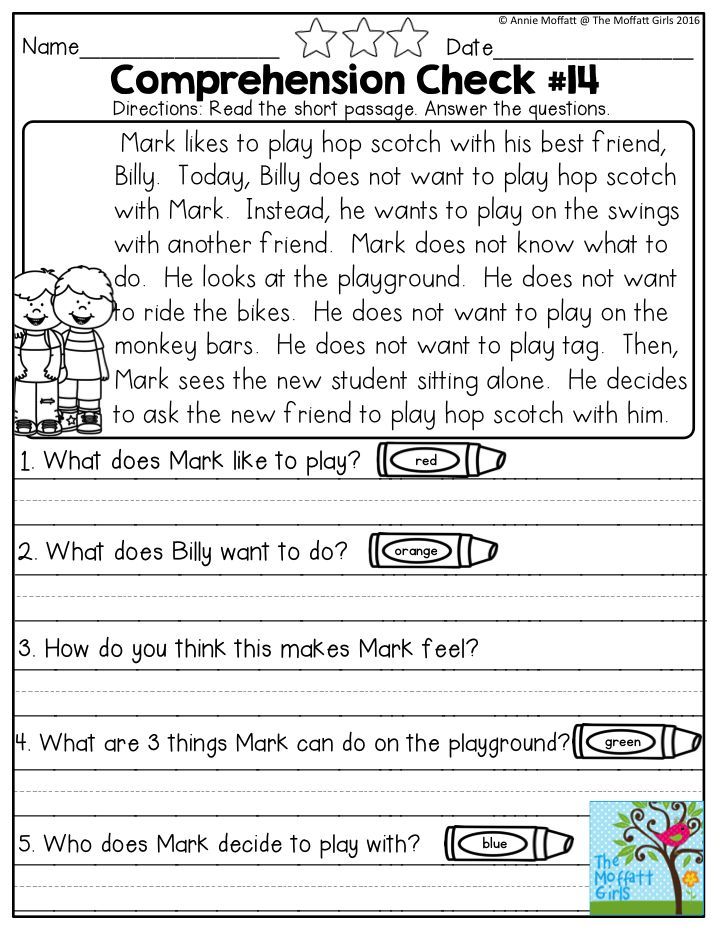 (Learning to read words with a closed syllable)
(Learning to read words with a closed syllable) Didactic word games
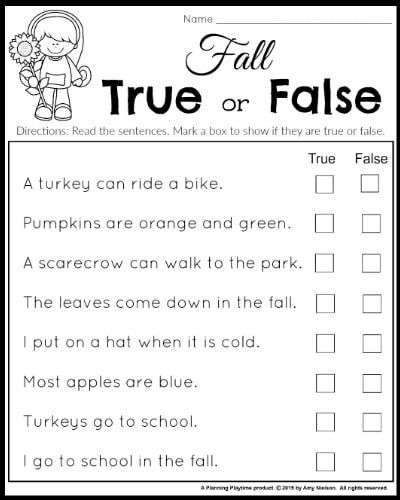 When they learn to read fluently, they play this game differently: they lay out a big word, for example, a first-grader, and from its letters they come up with new words (pen, class, stake, dream, nose, etc.)
When they learn to read fluently, they play this game differently: they lay out a big word, for example, a first-grader, and from its letters they come up with new words (pen, class, stake, dream, nose, etc.) 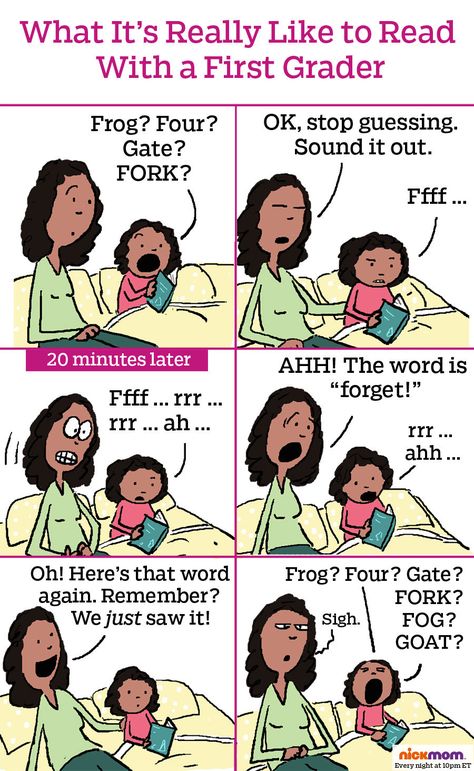 nine0012
nine0012

nine0007 On the top of the tower 
B ___K L____K M____L S ____K V______L N____S
B ___K L____K M____L S ____K V______L N____S
B ___K L_____K M____L V______L
B ___K L_____K M____L
tank lacquer small juice shaft nose
bok bow mol bough ox carried
beech forest mule howl
bull fox soap  After the initial reading skills appear, we begin to read books in which words are divided into syllables. If the child is afraid to start reading on his own, then read the sentence yourself, and leave him one familiar word. And only after several such joint readings will the child begin to read on his own. nine0012
After the initial reading skills appear, we begin to read books in which words are divided into syllables. If the child is afraid to start reading on his own, then read the sentence yourself, and leave him one familiar word. And only after several such joint readings will the child begin to read on his own. nine0012 
Learn more


